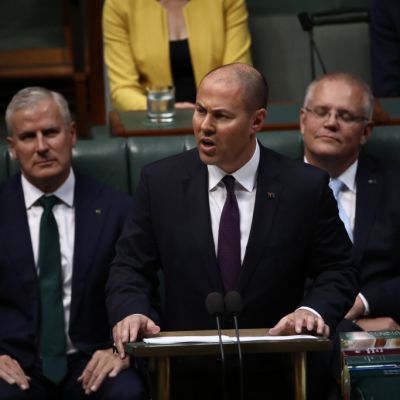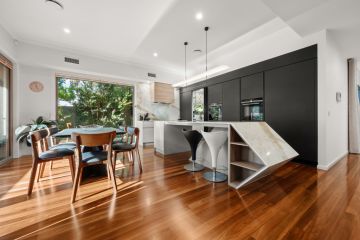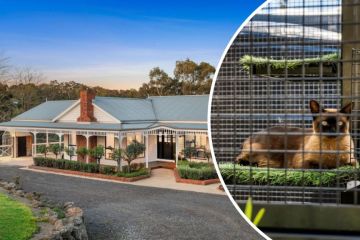Federal budget 2019: Cities, regions set for $100 billion infrastructure spend on fast rail and roads
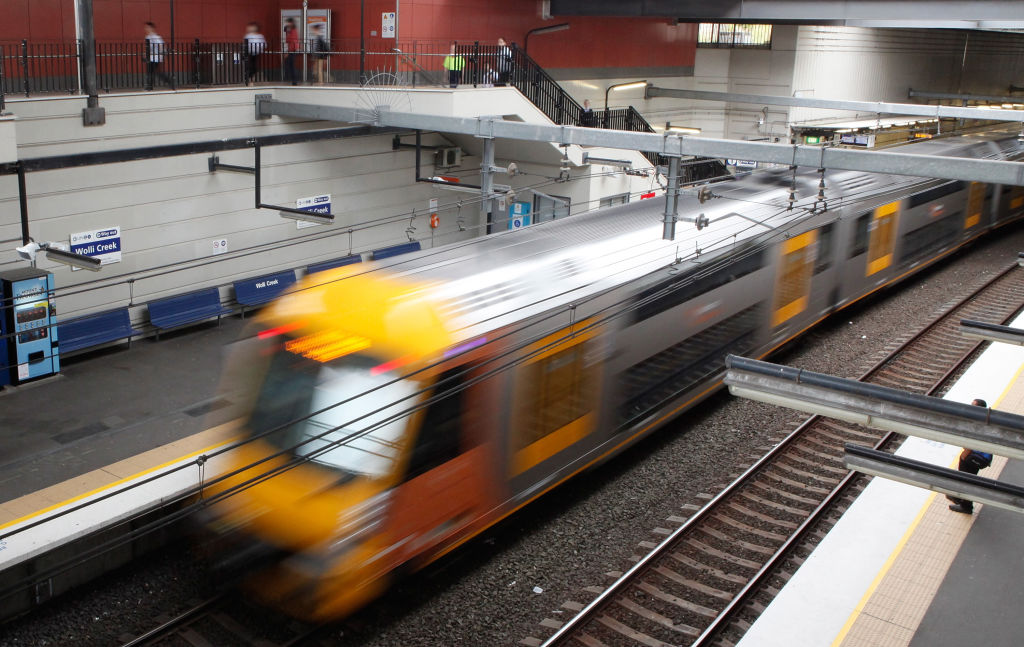
Capital city congestion is a priority in this year’s federal budget, with the government banking on a $100 billion infrastructure spend over the next decade to ease voter concerns.
Spending on rail and roads are in focus, while the government also plans to establish a body for population policy.
Big-ticket items include the previously announced $2 billion for a fast train to halve travel times between Melbourne and Geelong, which would rely on the co-operation of the Victorian government.
Fast rail could be in the pipeline for other regional centres, with the federal government set to co-fund business cases with state governments for links from Sydney to Wollongong, Sydney to Parkes via Bathurst and Orange, Melbourne to Albury-Wodonga, Melbourne to Traralgon and Brisbane to the Gold Coast.
An agency to offer advice on fast rail projects, set to be established from July 1, would cost $14.5 million over the forward estimates.
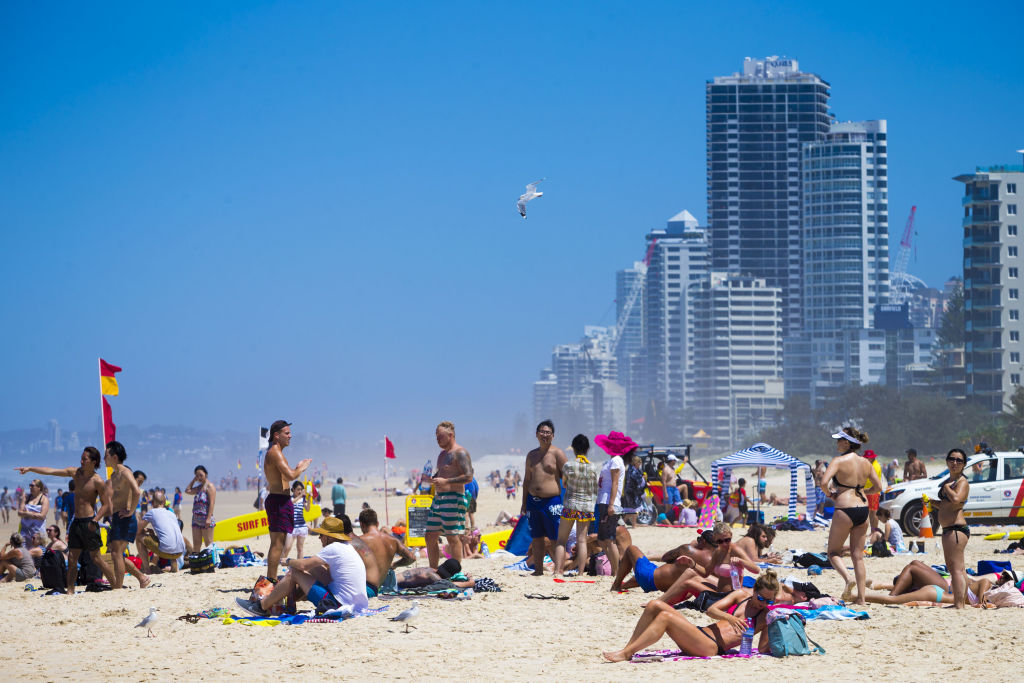
Some $3 billion extra is set aside for roadworks through the Urban Congestion Fund in a bid to ease bottlenecks, taking the total amount pledged to $4 billion.
It will include $500 million for park and ride facilities at train stations known as a Commuter Car Park Fund.
“A strong economy needs ongoing investment in roads, rail, bridges, dams and ports,” Treasurer Josh Frydenberg said in his budget speech.
“[The Urban Congestion Fund] will focus on immediate, practical measures to cut travel times within our cities.”
An extra $1 billion is allocated for the Roads of Strategic Importance project.
The measures come amid focus on Australia’s growing population, with the government earlier proposing to settle newly arrived migrants in regional centres and reducing its cap on migration from 190,000 to 160,000, roughly the level at which migration had been tracking.
Australia’s population grew at 1.6 per cent over the year to September, recent ABS figures show, with Victoria jumping 2.2 per cent, NSW up 1.5 per cent, Queensland up 1.7 per cent and the ACT up 1.9 per cent.
The budget proposes a Centre for Population to focus on population policy, with $23.4 million set aside from 2019-20.
City deals and regional deals are another key budget measure for the nation’s cities.
In this model, urban centres around the country are offered cash for infrastructure projects under a partnership between different levels of government.
The Hobart City Deal is allocated $529.9 million over 11 years, of which $499.9 million is already announced. The bulk of this is to upgrade Australia’s Antarctic research station network although funds are on offer to reduce road congestion and provide more than 100 new social housing dwellings.
For Albury-Wodonga, $3.2 million is allocated for the planning stage of a regional deal.

In Geelong, an extra $30 million from 2020-21 is pledged through the Geelong City Deal for tourism infrastructure at the Twelve Apostles and elsewhere.
Some $71 million over the forward estimates is listed for road and airport projects in the Bundaberg and Hervey Bay regions.
In the Northern Territory, $45.4 million is set aside for projects to support economic and social development in the Barkly region, of which $7.6 million is already funded. The measure is partly offset by redirecting funds from the Indigenous Advancement Strategy.
For Adelaide, $165 million has already been set aside for projects such as smart technology infrastructure in the CBD and an art gallery.
The government is working on city deals for Perth and southeast Queensland.
And $206.2 million is pledged for community infrastructure in the Building Better Regions Fund.
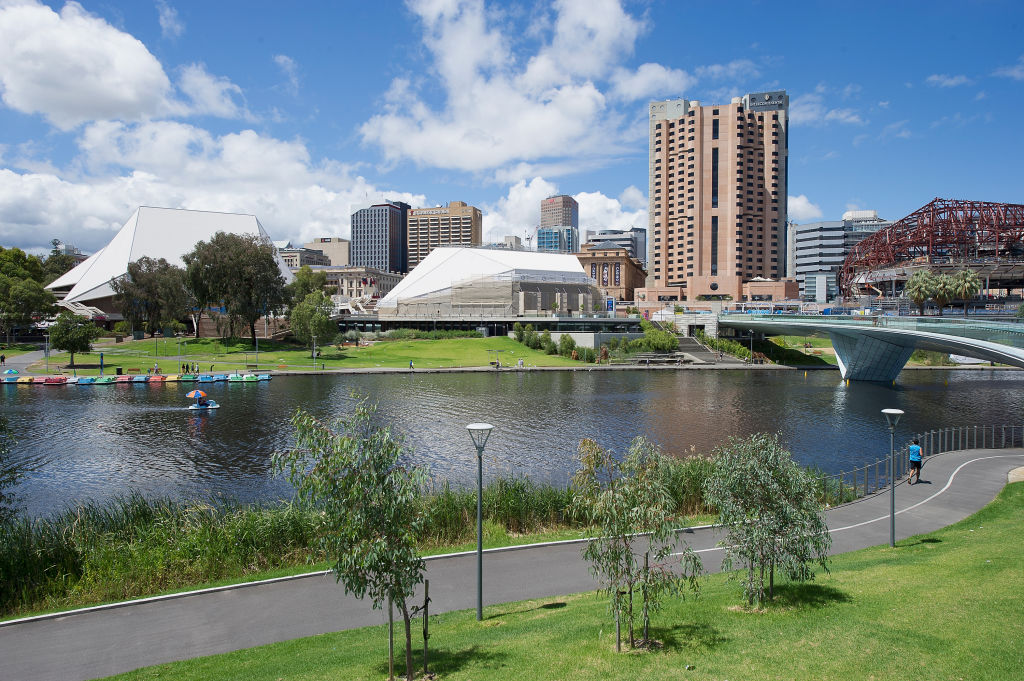
Elsewhere, the federal government earmarked funds for a string of road and rail projects around the country, such as:
- In NSW, $6.1 billion in total including $1.6 billion for the M1 Pacific Motorway Extension
- In Victoria, $2.8 billion in total including $1.1 billion for suburban Melbourne road upgrades
- In Queensland, $2.6 billion in total including $800 million for the Gateway Motorway extension
- In SA, $1.8 billion in total including $1.5 billion for the North-South corridor
- In WA, $933 million in total including $349 million for Tonkin Highway upgrades
- In Tasmania, $68 million for freight rail
- In the ACT, $50 million in total including $30 million for the Kings Highway Corridor
- In the NT, $60 million for Tiwi Island road upgrades.
We recommend
States
Capital Cities
Capital Cities - Rentals
Popular Areas
Allhomes
More
